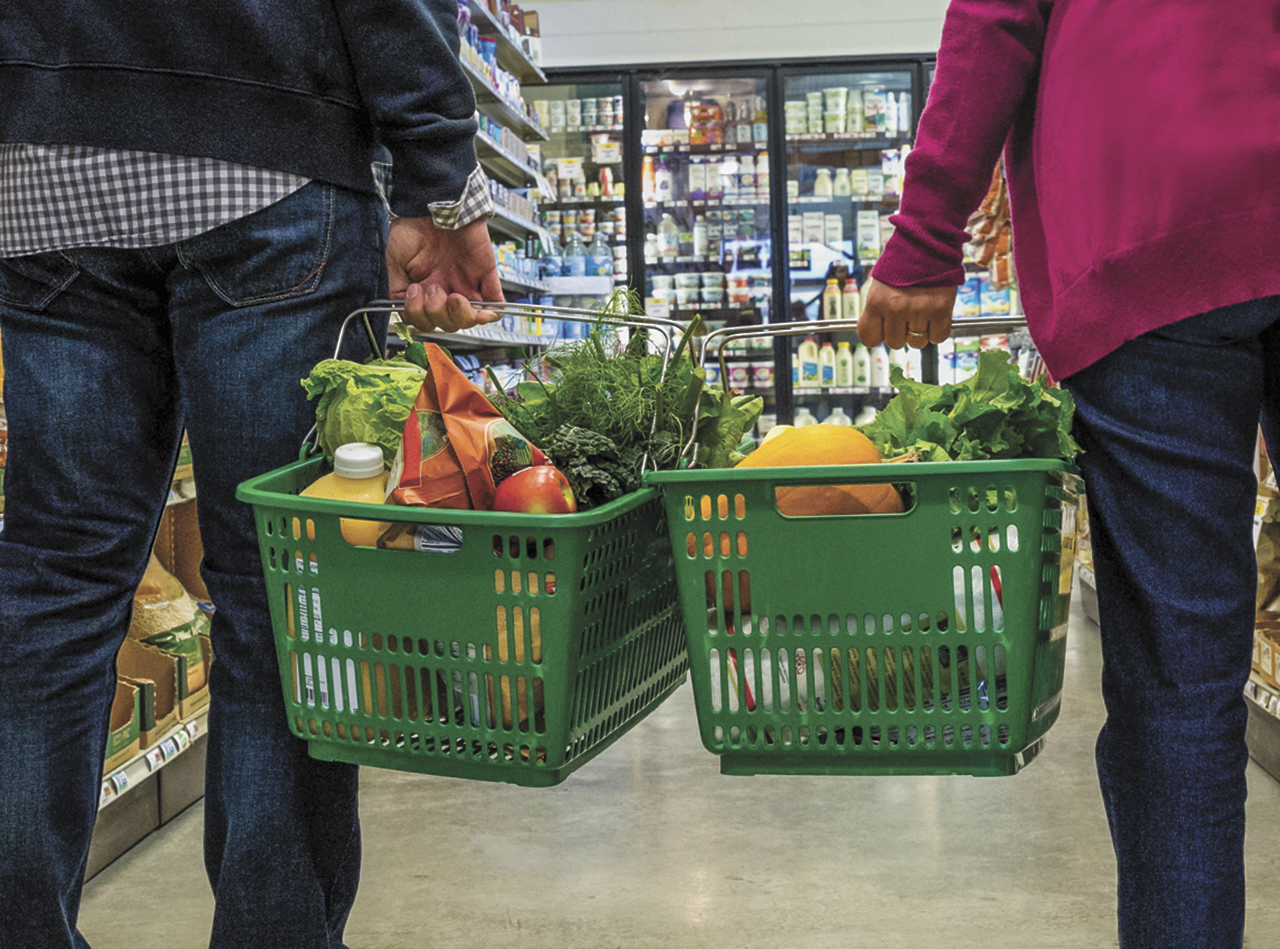WASHINGTON, D.C. — New federal regulations intended to promote healthy eating could make it harder to use food stamps at convenience stores — a change that opponents say will leave disadvantaged people with fewer places to buy groceries.
The standards proposed by the U.S. Department of Agriculture would require retailers that accept food stamps to stock more and fresher varieties of food. But many convenience stores won’t be able to meet the requirements and will be forced from the federal Supplemental Nutrition Assistance Program, commonly known as SNAP, or food stamps, critics say.
Mary Braddock frets that could happen to the convenience stores run by her family near Kansas City, Mo. Open from 5 a.m. to 11:30 p.m., the Meiners Markets in Lee’s Summit and Blue Springs sell everything from bulk candy and beer to fresh fruit and vegetables. Attached to gas stations, they’re handy pit stops for early risers and late-night shift workers, some of whom rely on food stamps to grab groceries on the go.
But Meiners Markets don’t have the shelf space to display the mandatory number of items at all times, and it will be too costly to stock all the unprocessed and perishable foods required, Braddock said.
Her customers aren’t likely to buy kale, duck or lamb, she said, so such products “will just spoil on the shelves.”
Braddock and other critics of the USDA proposal — including Democratic and Republican lawmakers — complain the new standards will be impossible for many convenience stores and rural markets to meet.
As a result, they warn, tens of thousands of stores across the country could stop accepting food stamps.
“We don’t understand why USDA has drafted this proposed rule in a way that will make it so difficult for small stores to participate in SNAP and will make it harder for SNAP beneficiaries to get food,” Braddock said.
The impact would be felt especially in so-called food deserts in rural areas and urban centers, where big-box groceries are few and far between, said Anna Ready, director of government relations for the National Association of Convenience Stores, a trade association.
“We can’t push small stores out of the program because they play a critical role by providing access to nutrition,” Ready said.
The USDA says the proposal is intended to ensure that SNAP beneficiaries have access to healthy food choices, especially in areas where they don’t have much choice about where to shop.
“It is disappointing to see some take a position against increasing healthier food options for our most vulnerable,” said USDA spokeswoman Cathy Cochran in a statement.
Cochran said the agency is in the process of analyzing public comments on the proposal, which is likely to change before implementation.
“We are confident the final rule, when issued, will succeed in increasing food choices without harming small retailers,” she said.
USDA drafted its proposal to codify language in the 2014 Farm Bill that required stores that accept SNAP to offer seven varieties of food items in each of four staple food categories. Those categories are meat, poultry or fish; bread or cereal; vegetables or fruits; and dairy.
The law states stores must include at least one perishable item in three of those categories. This more than doubles the varieties of foods stores will have to stock to 28, a change convenience store owners say they do not oppose.
Their problem, they say, is with how the USDA interpreted the law.
In particular, convenience store owners object to a new definition of what constitutes a staple food. Under the USDA’s proposal, products with more than two ingredients, such as soups or frozen dinners, no longer count.
Another major concern with USDA’s proposal is the requirement that six items from each of the seven food varieties must be displayed on a shelf at all times.
Ninety percent of small stores currently authorized to accept food stamps — about 175,000 stores nationwide — would need to add inventory items to meet the new requirements, according to USDA.
“Our stores just don’t have the space,” Ready said. “That means we’d have to have more in storage to continually replace anything that sells. We’d have to make major changes to supply and delivery chains and also possibly to store layout and store space.”
Even stores that do meet the stocking requirements, she said, still could be deemed ineligible. That’s because USDA’s proposal disqualifies businesses with more than 15 percent of total food sales in items that are “cooked or heated on site before or after purchase.”
The change aims to ensure SNAP benefits are used as intended, for groceries, not restaurants or take out.
But Ready says it could bar the growing number of convenience stores that sell pizza or bake bread from participating in the SNAP program.


